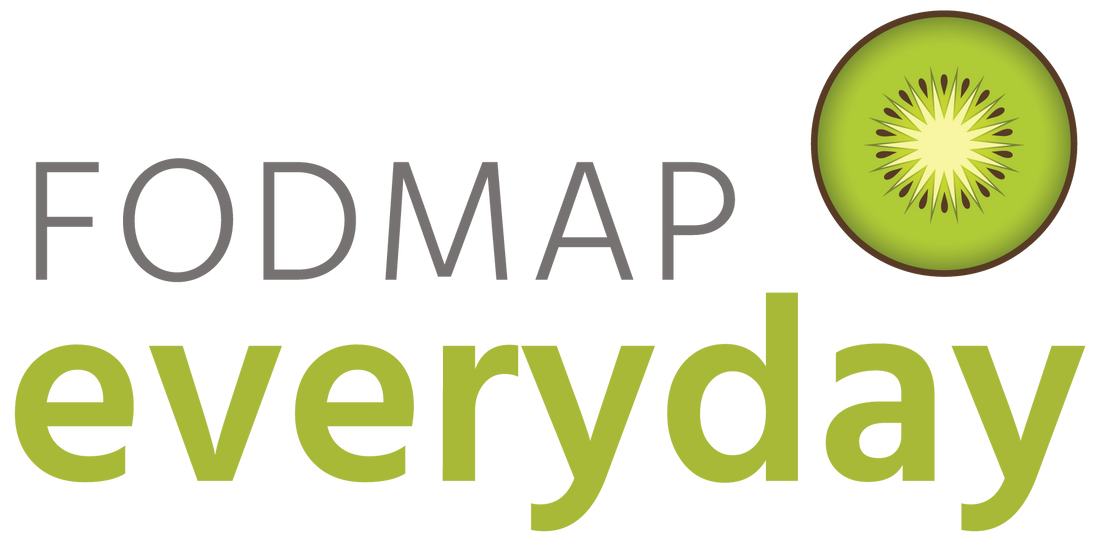Sugars, Sweeteners & the Low FODMAP Diet
Written by Dédé Wilson, a professional recipe developer, cookbook author, low FODMAP diet educator, and co-founder of FODMAP Everyday®
The low FODMAP diet is about reducing FODMAPs in your diet – and somehow the minute any of us hear that we can’t have something, we immediately want it all the more.
Let’s talk sugars and sweeteners. The GREAT news is that there are many sugars and sweeteners with low FODMAP serving sizes, that are even appropriate for the Elimination Phase. Got a sweet tooth? This article is for you! No need to feel deprived.
Here is an at-a-glance list of sweeteners, with their recommended low FODMAP amounts. Note the asterisks; we will address those after the list:
- White granulated sugar - ¼ cup (50 g) *
- Icing (powdered/confectioners) sugar – 1 tablespoon (16 g) *
- Raw sugar – ¼ cup (50 g) *
- Brown sugar - ¼ cup (40 g) *
- Palm sugar – ¼ cup (40 g) *
- Rice malt syrup – 1 tablespoon (28 g) **
- Maple syrup – 2 tablespoons (50 g)
- Stevia – 2 teaspoons (5 g)
- Agave – 1 teaspoon (5 g)
- Molasses – 1 teaspoon (5 g)
- Coconut sugar – 1 teaspoon (4 g)
- Honey – 1 teaspoon (7 g)
- Monk fruit - ?
- Erythritol - ?
Now, first of all, aren’t you thrilled? This list should put your mind at ease because we know from lab testing that these sweeteners, in these amounts, can be included in your low FODMAP diet during Elimination and beyond.
How To Define A Serving Size
Let’s talk asterisks. According to Monash University lab testing, rice malt syrup contains no FODMAPs! That is clear cut and great news. This gentle liquid sweetener is fantastic in baked goods and beverages.
Now things get a little trickier with some of the other sweeteners. According to information that Monash has shared, granulated white sugar has equal amounts of fructose and glucose and therefore does not meet the definition of a FODMAP (where fructose would have to be predominant). So why the limited serving sizes set on their smartphone app? Because the ¼ cup (50 g) serving size is based upon general Australian healthy eating guidelines – and not related to FODMAPs. This means you could eat more and still be low FODMAP – not that we are suggesting you stir ½ cup into your coffee, but we want you to have the facts.
The same healthy eating guidelines are applied to icing sugar, raw sugar, brown sugar, palm sugar and maple syrup. What this means is that you can use the amounts listed as a good starter guide, but you might very well tolerate a larger serving. The amount of cane sugar, brown sugar and brown rice syrup used in BelliWelli bars, for instance, are low FODMAP, and the bars have been lab tested and certified by Monash University to be low FODMAP diet compliant.
Click these links to learn even more about sugar, maple syrup and honey over on FODMAP Everyday®.
Don’t Overlook Very Small Serving Sizes
You probably noticed that the stevia, agave, molasses, coconut sugar, and honey have smaller serving sizes. Don’t fret! 1 or 2 teaspoons can do the trick! Whether baking classic rolled Gingerbread Cookies or making a hot Lemon Honey Ginger Tea, these sweeteners can be used in their proper low FODMAP amounts per serving and bring just the right level of sweet to your lips.
A Note On Monk Fruit & Erythritol
Sugar alcohols, such as sorbitol and maltitol, are polyols – the “P” in FODMAP. Erythritol is one sugar alcohol that is metabolized differently and does not appear to create the same negative digestive issues in the gut. That said, Monash University has not lab tested monk fruit or erythritol individually, nor in any prepared products, but FODMAP Friendly has. There are indeed products on the market that contain these sweeteners that have been lab tested and certified low FODMAP, so that means that some amount of them is low FODMAP, we just don’t know exact amounts. If you are stable and in your Challenge Phase, you could try them and see how you do.
The Takeaway
Sweet teeth rejoice! If you are a sweets person, there are many sweeteners that have low FODMAP serving sizes and can be incorporated into your diet, even during Elimination. And some sweeteners, like rice malt syrup (also called rice syrup and brown rice syrup) and white sugar, have quite generous serving size amounts. As always, eat to your tolerance, and when in doubt, reach for a treat that has been lab tested and certified for that extra level of assurance.